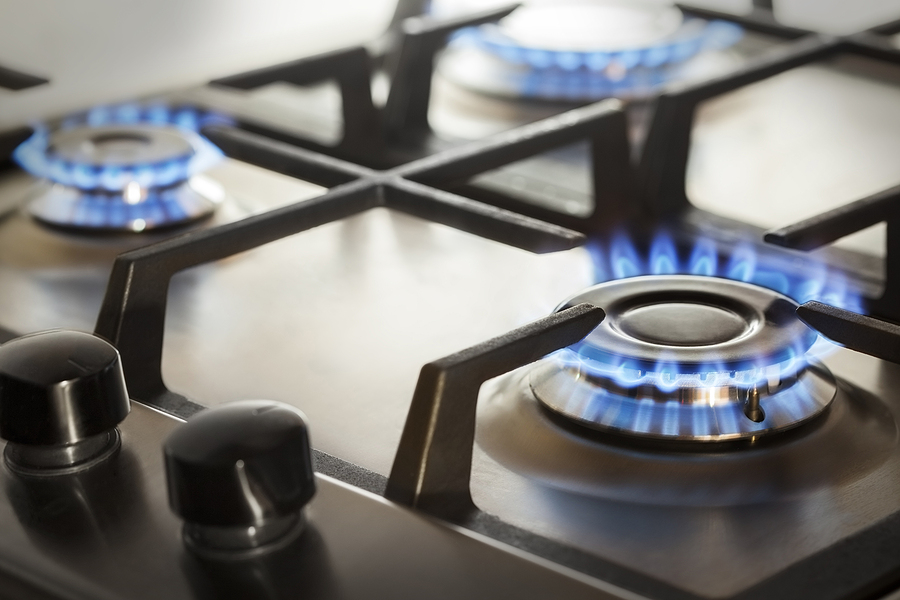Gas Detecting Devices Required in NYC Residential Properties by May 2025
By Bruno Caligara
Following a series of deadly gas explosions, New York City passed Local Law 157 of 2016 (LL 157/2016), which requires the installation of natural gas detectors in residences. The DOB published a rule implementing LL 157/2016 earlier this year, which requires landlords to install the detectors by May 1, 2025.
Residences that Require Natural Gas Detectors
The requirement applies to the following types of residences:
- Class A multiple dwellings (apartment buildings with 3+ units)
- Class B multiple dwellings (hotels, dormitories, etc.)*
- Private dwellings (1- or 2-family homes) not owner-occupied
Since nearly 90% of New Yorkers use natural gas in their residences, the law will affect most residential properties. Buildings that do not have gas piping or gas service are exempt.
* Class B multiple dwellings may be protected by a line-operated zoned natural gas detecting system installed in public spaces, including corridors. However, the presence of a natural gas appliance within a unit will trigger the need for a natural gas alarm in that unit.
Standards for Natural Gas Alarms
In case you’re wondering about the delay between LL157 and the implementation date, no industry standard for the installation and location of such devices existed when the law was passed. That changed in April 2022, when the National Fire Protection Association (NFPA) standard 715 went into effect. The official DOB rule (1 RCNY §908-02) adopts the 2023 edition of NFPA 715 Standard with respect to installation and location requirements. (Naturally, the city amends certain provisions to comply with its unique construction codes.)
Gas Detection Equipment Requirements
While New York City does not require specific gas detection equipment, alarms must meet the requirements of NFPA 715-2023.
- Alarms must be labeled with the manufacturer’s name.
- Alarms must comply with UL 1484 or UL 2075, as applicable (labeled accordingly).
- Alarms must be maintained in working condition.
Location Requirements for Gas Detection Alarms
Dwellings with a fuel-gas-burning appliance must have an alarm installed in the same room.
- The alarm must be positioned at least three feet away from the appliance, but not more than 10 feet away, measured horizontally.
- Alarms must be installed on either the ceiling or the wall. Alarms installed on walls must be positioned within 12 inches of the ceiling.
In spaces that don’t permit at least three feet between the appliance and the alarm, or if either the manufacturer instructions or NFPA 715-2023 calls for installation in a different location, the alarm should be placed according to the manufacturer’s or NFPA standard requirements.
Installer Qualifications for Natural Gas Detectors
Hard-wired natural gas alarms must be installed by a licensed New York City electrical contractor, who will secure all required permits. Battery-operated alarms and those that plug into an electrical outlet do not require installation by a licensed electrician. Such units may be installed by a building owner, maintenance personnel, or the occupant.
If you have any questions about this requirement or if you need assistance preparing your property for the May 1, 2025, deadline, please contact Metropolis Group at 212.233.6344.


